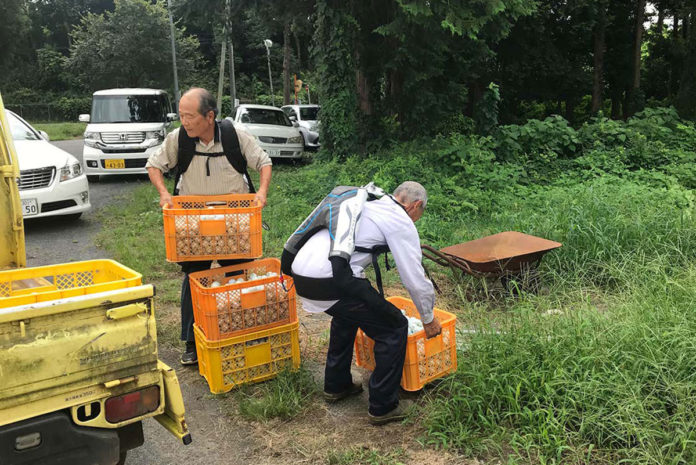The exoskeleton, a wearable that offers extra strength to the user, has become a viable alternative today. The device is used by soldiers, car assemblers, and people suffering from paralysis. It is now being used by the community of elderly workers in Japan to help them stay in business, even with the wear and tear of their age.
The country, which has always made good use of technology, has one of the oldest populations in the world. According to some statistics, 26% of Japanese people are aged 65 or above, and their share in the total population is rising. In Japan, the normal retirement age is around the age of 60. That’s why there is a shortage of workers, especially in manual labor.
As a result, several Japanese companies have been developing technology to strengthen the legs and arms of the elderly. One of these companies, Innophys, has developed a backpack-like suit that can be loaded by pressing a hand pump 30 times to fill pressurized air “muscles.” It weighs less than 4 kg and has no batteries inside. No electricity is needed, so there is no restriction on operating time. The suit allows people to up to 55 pounds (around 25kg) with minimal effort and costs the equivalent of about $1,300.
“One of our customers has a family-owned company that produces and sells pickled radishes and uses heavy loads in the production process,” Innophys spokesman Daigo Orihara told New Scientist. “His father is in his 70s and was supposed to retire, but he is still working thanks to our muscle suit.”
Another example is Panasonic’s popular Atoun Model Y electric model, which can add 22 pounds (10 kg) of lifting force for $ 5,500.
With the aging of the population, the demand for exoskeletons is expected to increase. To keep a sufficient number of people in the workforce, the Japanese government would seriously consider raising the retirement age by ten years.
